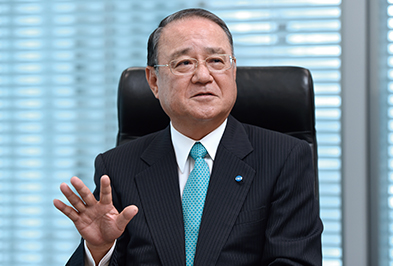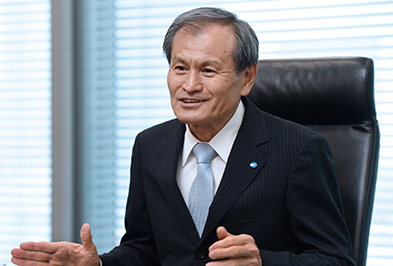Discussion on Corporate Governance
Towards Sustainable Growth and Enhanced Corporate Value Fortifying Medium Term Business Plan Oversight
Masatoshi Matsuzaki
Chairman of the Board
Kazuaki Kama
Outside Director
Towards Sustainable Growth and Enhanced Corporate Value Fortifying Medium Term Business Plan Oversight
Masatoshi Matsuzaki
Chairman of the Board
Kazuaki Kama
Outside Director
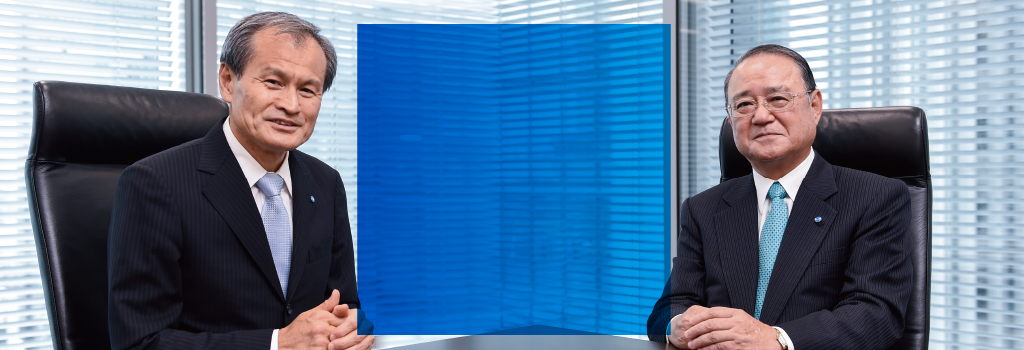
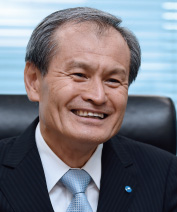
After serving as a Director at Konica Minolta Business Technologies, Inc., as President of Konica Minolta Technology Center, Inc., and in various other roles, became a director, and then the President and CEO of Konica Minolta, Inc. Assumed the position of Chairman of the Board in April 2014.
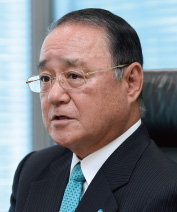
Served as President & CEO and then Chairman of the Board at IHI Corporation, among other positions. Became an Outside Director at Konica Minolta, Inc. in June 2014. Served as Chairman of the Compensation Committee from June 2015 to June 2017, and was thereafter appointed to the position of Chairman of the Audit Committee.
